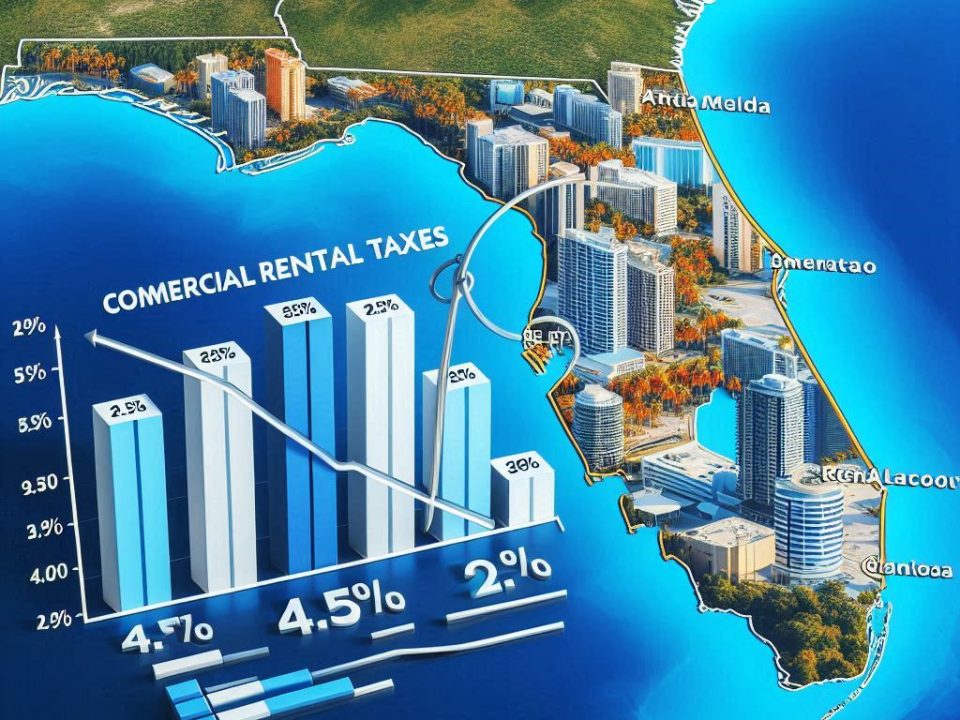What are the Types of Active, Passive, and Portfolio Income

There are three main types of income in real estate: active, passive, and portfolio. Each has its benefits and drawbacks, so it’s essential to understand the differences before deciding on your investment strategy. Let’s take a closer look at each type of income and figure out which one is right for you.
Types of an Active Income
Active income is income generated when you actively work to produce it, such as through rental property management or whatever job you go to earn money.
Real Estate Wholesaling
In its simplest form, wholesaling is finding a property at a discount price and then reselling it to another investor or end-user for a higher price. While this sounds easy in theory, a lot goes into becoming a successful wholesaler.
Property/House Flipping
Is when you buy properties below market value, renovate them, and resell them for a profit. Flipping involves hard effort, money, and good timing.
Leasing Property
Another excellent option for businesses that need short-term office space or people who are not ready to purchase a home or property is leasing. Leasing a property can be a great way to get into real estate. It can also be an excellent way to expand your portfolio.
Types of a Passive Income
Passive income is income earned with less or no effort, such as through rental income or royalties from a book you wrote.
Real Estate Crowdfunding
Crowdfunding uses small amounts of capital from many individuals to finance a business or project for a return on their investment. These individuals can give financial backing for existing or future real estate ventures by contributing to a pool of funds gathered from others with similar interests.
Long Term Lease/Rentals
Long-term tenants who pay monthly rent can be considered passive income sources. A long-term lease agreement usually is a minimum of 6 months. Many tenants set up monthly bank transactions, making it easier than ever for landlords to keep payments tracked.
Real Estate Investment Trusts
REITs are a way for individual investors to invest in large-scale, institutional-quality real estate without purchasing and managing properties themselves. REITs are a type of security traded on stock exchanges, and they offer investors high dividends and the potential for capital appreciation.
Portfolio Income
Portfolio income is a blend of active and passive income and typically comes from owning several investment properties; the income comes from dividends, interest, capital gains, and loans. You can increase your portfolio income through:
- Write Options
- Buying High-Paying Dividend Stocks
- Buying Dividend Exchange-Traded Funds
How Do You Choose The Right One for You?
Whether it’s passive, active, or portfolio, there’s no ultimate investment choice – how it will generate a good amount of income depends on how you plan your investment strategies. Whether you want to be an active, passive, or portfolio-based investor, having the right guide is equally important.
If you’re looking for a commercial or investment real estate vehicle for your portfolio, please don’t hesitate to give us a call. Please click here for our contact page, and we’ll get back to you personally and promptly.
Thanks for visiting!



